This page introduces the achievement of our alumni, who operate their laboratories or companies, in descending order by year. |
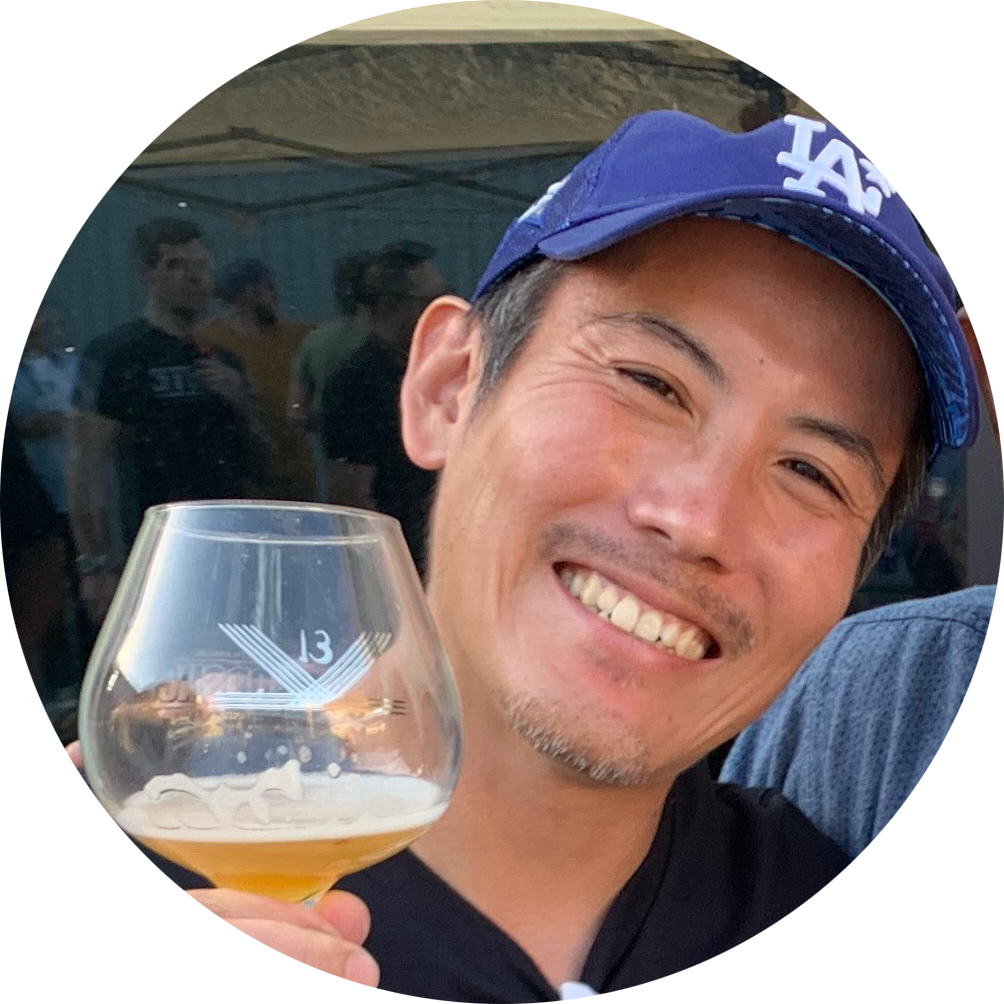
Masahiro Kitano, Ph.D. Ikasu Brewing |
As a graduate student, Masahiro Kitano developed the FRET biosensor for Rab5 and discovered the phenomenon of Rab5 activity flashing on phagosomes during phagocytosis. He moved to the U.S. and, after a post-doctoral fellowship, started a barley wine brewing company.
|
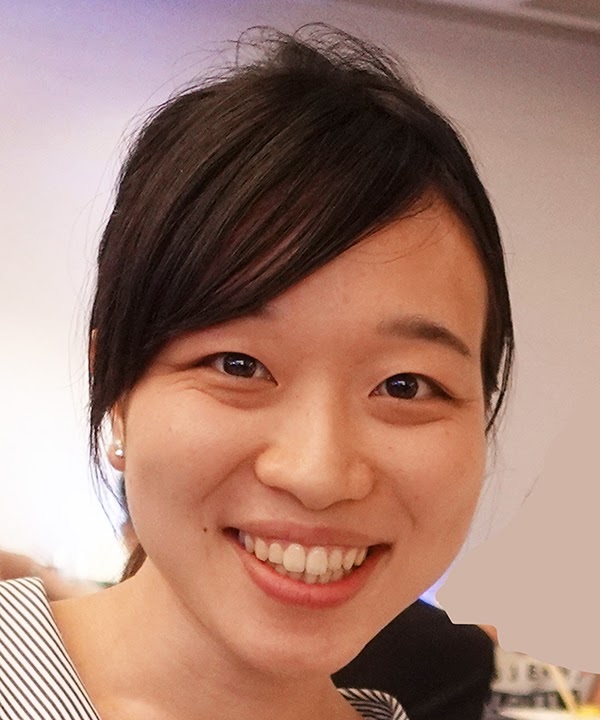
Yumi Konagaya, Ph.D. Laboratory for Quantitative Biology of Cell Fate Decision, BDR, RIKEN |
As a graduate student, Yumi Konagaya developed a FRET biosensor for AMPK, created transgenic mice expressing it, and revealed differences in AMPK activation kinetics in mouse slow and fast muscle. After studying in the U.S., she returned to Japan as a team leader at RIKEN.
|
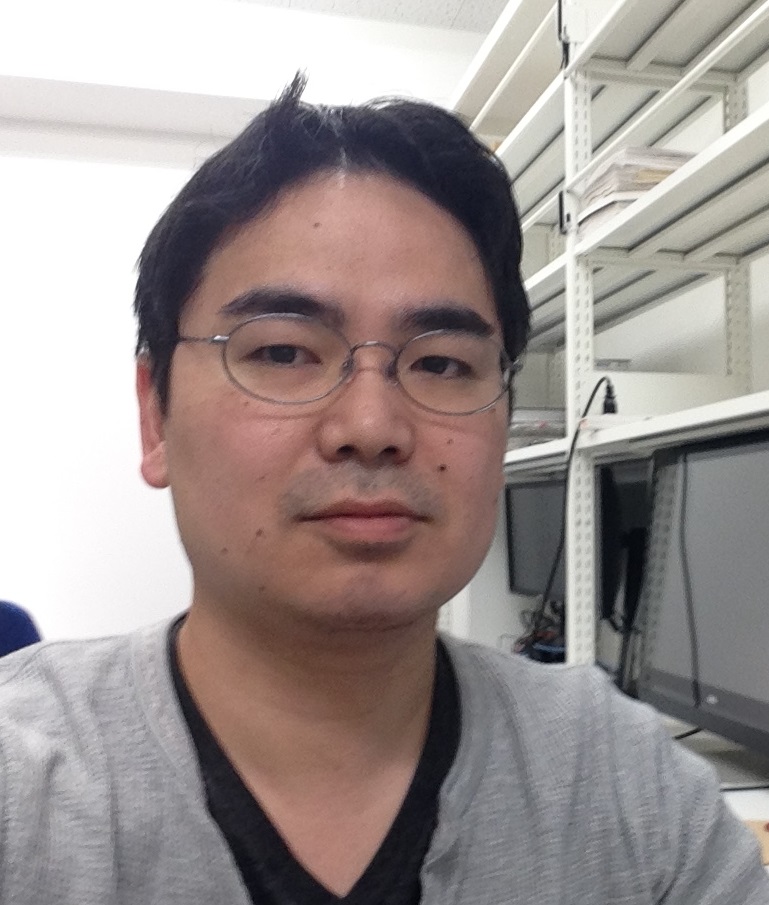
Kenta Terai, M.D., Ph.D. Anatomy and Cell Biology, Tokushima University Faculty of Medicine |
Dr. Kenta Terai developed FRET biosensors of Raf as a graduate student, then studied in the United States as a postdoc, and served as an assistant professor at the University of Tokyo before moving to our laboratory as an associate professor. He supervised many graduate and medical students in biosensor development and live imaging research.
|
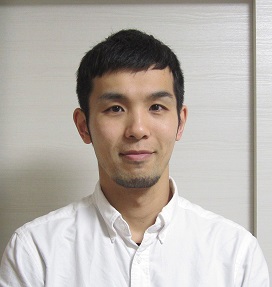
Tsuyoshi Hirashima, Ph.D. Mechanobiology Institute, NUS |
Dr. Takeshi Hirashima was the group leader of the Mechanobiology team and supervised many students. His research focused on cell motility and tissue/organ morphogenesis in terms of both force and intracellular signaling, using mathematical modeling and imaging. He was one of the founding members of the Life Dynamics and Systems Science Project.
|
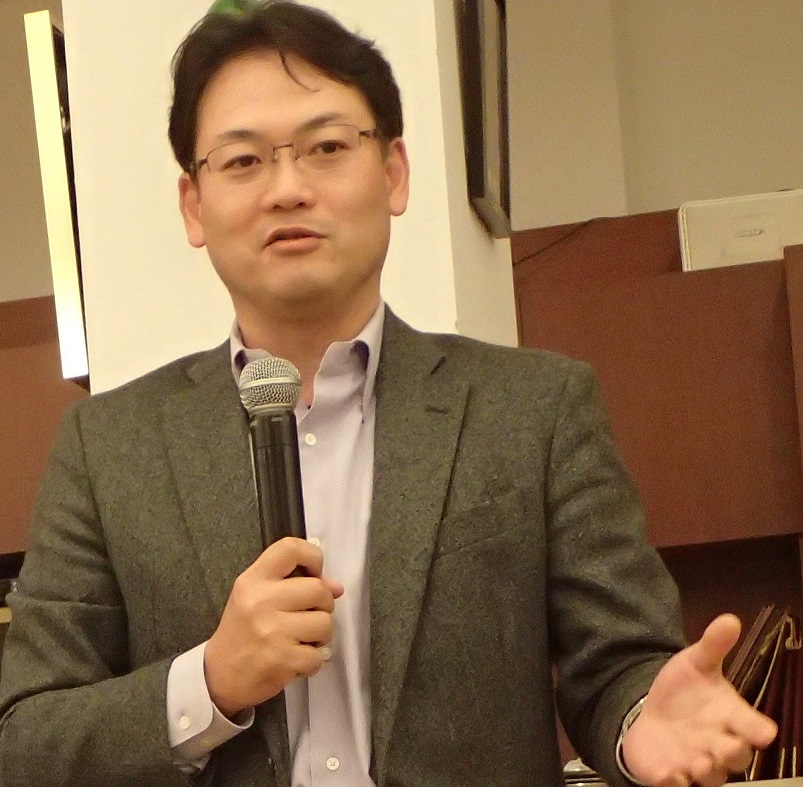
Hiroshi Nishihara, M.D., Ph.D. Genomics unit, Keio Cancer Center, Keio University School of Medicine |
Dr. Takeshi Hirashima was the group leader of the Mechanobiology team and supervised many students. His research focused on cell motility and tissue/organ morphogenesis in terms of both force and intracellular signaling, using mathematical modeling and imaging. He was one of the founding members of the Life Dynamics and Systems Science Project.
|
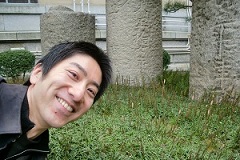
Masamichi Imajo, Ph.D. Institute for Chemical Reaction Design and Discovery |
As the leader of the intestinal group, Dr. Masamichi Imashiro menotored many graduate students. In particular, he studied how the activity of ERK map kinase is involved in the development of intestinal tumors.
|

Aryé Elfenbein, M.D., Ph.D. Wild Type |
Dr. Aryé Elfenbein is an MD PhD student at Dartmouth Medical School, Kyoto University, where he conducted research in collaboration with Marc Simons' lab on the mechanism of FGFR receptor activation by Syndecan 4 and Rho family G protein imaging. After completing his internship and postdoctoral fellowship, he started his own company, Wild Type.
|
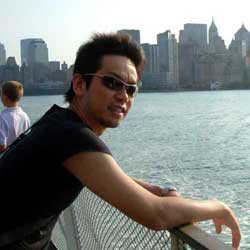
Eishu Hirata, M.D., Ph.D. Cancer Research Institute, Kanazawa University Division of Tumor Cell Biology and Bioimaging |
Dr. Eishu Hirata performed intravital imaging of brain tumors and showed that the activity of low molecular weight G protein was high in the periphery of the tumor. He then studied at the UK Cancer Institute and used the FRET biosensor of ERK to show that anticancer drug resistance mechanisms are induced by interactions with surrounding tissues.
|
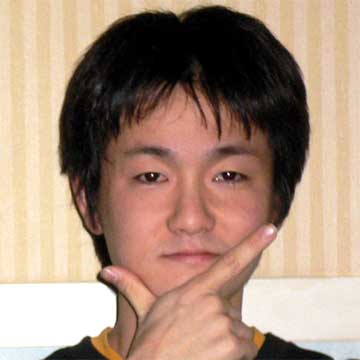
Kazuhiro Aoki, Ph.D. National Institute for Basic Iology Division of Quantitative Biology |
Kazuhiro Aoki advanced FRET imaging in neurons when he was a graduate student, and systems biology of oncogene signaling systems when hewas a faculty member. He was the core member of the imaging-based quantitative biology and systems biology.
|
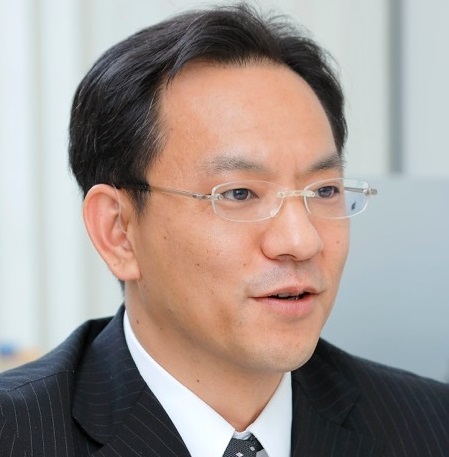
Yusuke Ohba, M.D., Ph.D. Hokkaido University Graduate School of Medicine Department of Cell Physiology |
Dr. Yusuke Ohba created knockout mice of C3G and showed that the loss of this molecule induces embryonic lethality and that this molecule is required for cell adhesion. He also created a simulation model to analyze how Ras and Rap1 are spatiotemporally analyzed by using the Raichu biosensor.
|

Etsuko Kiyokawa, M.D., Ph.D. Kanazawa Medical University Department of Pathology I |
Dr. Etsuko Kiyokawa analyzed the relationship between the low molecular weight GTPase Rac1 and DOCK180 to clarify how DOCK180 induces lamellipoidal protrusion. During this process, she found that DOCK180 specifically binds to a dominant negative mutant of Rac1. Since dominant negative mutants of low molecular weight GTPases were known to bind to their activators, she proposed that DOCK180 is a novel activator of Rac1.
|
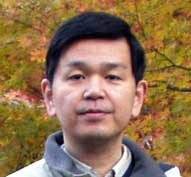
Takeshi Nakamura, Ph.D. Tokyo University of Science Research Institute for Biomedical Sciencess |
Dr. Takeshi Nakamura led his graduate students to establish imaging techniques in neurons. He created a biosensor for Rab5 and clarified the mechanism of Rab5 activation during phagocytosis of apoptotic cells.
|
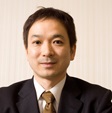
Hideki Hasegawa, M.D., Ph.D. National Institute of Infectious Diseases Influenza Research Center |
Dr. Hideki Hasegawa identifed the 180 kDa Crk binding protein. At that time, isolating a cDNA longer than 5 kb was challenging, causing him to spend much time to determine the cDNA sequence at the 5' end. Using a cDNA library prepared by Prof. Nojima at Osaka University, he finally succeeded to determine the full length cDNA sequence and named the protein DOCK180. Expression of DOCK180 on the plasma membrane induces lamellipodia formation and cooperates with the low molecular weight G protein Rac1. However, DOCK180 shared little homology with known proteins, and the analysis of its biochemical function awaited the next study.
|
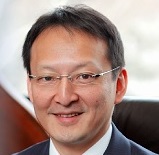
Shinya Tanaka, M.D., Ph.D. Hokkaido University Graduate School of Medicine Department of Cancer Pathology |
In 1990's, protein-protein interactions were extensively studied to identify new signaling molecules. Dr. Shinya Tanaka developed the Far Western method and found that proteins of 130 kDa and 180 kDa bind to the Crk oncogene product. He further applied this method to the screening of phage expression libraries to isolate the cDNA of the 130 kDa molecule, and discovered that the protein encoded by the cDNA is a novel Ras family G-protein activator, which he named C3G. Later, Dr. Seisuke Hattori and his colleagues clarified that this molecule is an activator of Rap1, one of the Ras family molecules.
|
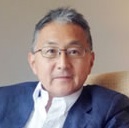
Naoki Mochizuki, M.D., Ph.D. National Cerebral and Cardiovascular Center Research Institute |
During the process of studying the regulatory mechanism of trimeric G proteins, Dr. Naoki Mochizuki discovered that Gi family proteins bind to the splicing variant of Rap1GAP, an inactivator of Rap1, and named this molecule Rap1GAPII. He also developed a FRET-based biosensor, Raichu, to observe the activity of these Ras family low molecular weight G proteins in live cells.
|
![]()
